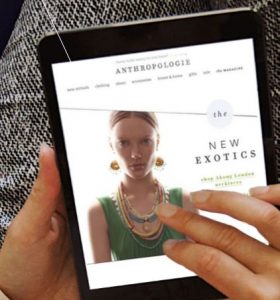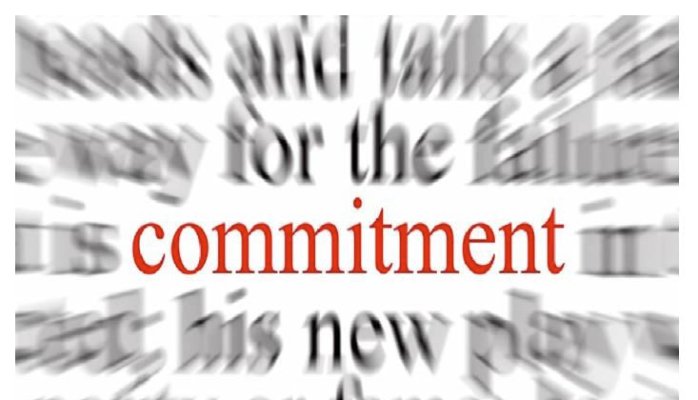- Have any questions?
- [email protected]
Leveraging Psychology in Digital Marketing

Chapter 4: The Value of Internet Branding
November 24, 2023
PERSUASION ARCHITECTURE
November 26, 2023More than ever, marketers today can benefit from lessons learned in psychology. According to Merriam Webster, psychology seeks to understand the human mind and behavior.
Marketers are constantly seeking to engage with their buyers and drive actions that help buyers move rapidly through their customer lifecycle. They do this by constantly analyzing buyer behaviors and working to get into the mind of their target audience. Clearly, there is a strong intersection between modern marketing and psychology.
The benefits of incorporating consumer psychology into your marketing is twofold: you assist your customer in their journey to achieve their objective i.e. buying a product or service from you, and in turn you, the marketer, benefit from facilitating more successful conversions.
PERSUASION ARCHITECTURE
Persuasion Architecture is simply designing the website, or in this case, the email and the customer journey in such a way as to convince and persuade a buyer to convert.
A conversion doesn’t necessarily mean a purchase; it could be to read an article, download a whitepaper, go to the website—it is any action that meets the objective of the email.
One of the most important findings of consumer psychology is: if you want someone to do something, you must make it as easy as possible.
In fact, taking concepts from diverse fields such as evolutionary biology and web design, the “Principle of Least Effort” claims that animals, people, and even well-designed machines, will naturally choose the path of least resistance.
Over the years, many web usability studies have shown that most people don’t read emails and web pages word for word—they skim, quickly looking for relevant information. To encourage conversions (whether from an anonymous visitor to a known sales lead, or from a qualified lead to an actual buyer), designers have learned to provide visual cues—to not only help guide the reader to relevant content, but to influence them to take action.
To make the path to conversion clear, you must understand the psychological cues that prompt action, and then consider the entire customer journey, using both implicit and explicit directional cues.
Explicit directional cues are usually more obvious, often taking the form of an arrow, line, or curve that creates a visual pathway—leading the viewers’ eye directly to the objective of the email. Implicit directional cues are implied and they include cues such as line of sight, color, shape and size, and prioritization through visual weighting.

In Figure 1, an example that uses both explicit and implicit directional cues, this email from Anthropologie draws the reader to the calls to-action—to shop a specific category of necklaces, or shop all of the retailer’s jewelry offerings.
From a design perspective, you can see the explicit directional cues that visually guide the buyer to the call-to-action. A viewers’ eye is first drawn to the model (and her necklace), and then will follow the diagonal line, which is an explicit directional cue.
In the west viewers read from left to right, and will instinctually follow the line to the right and arrive at “the”, where the implicit directional cues of text style, and weight help move the viewer’s eye down to “New Exotics” to then finally land on the call-to-action.


